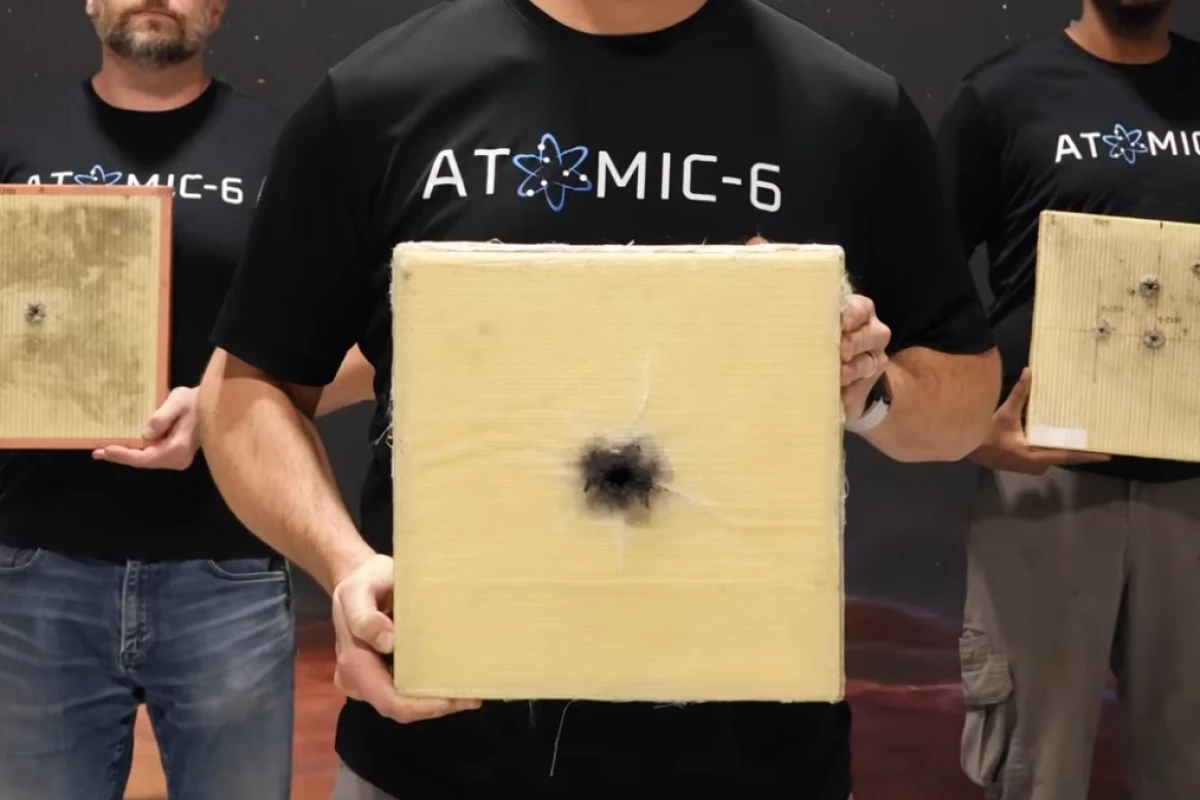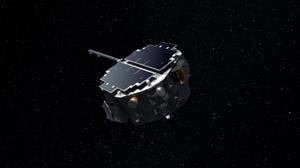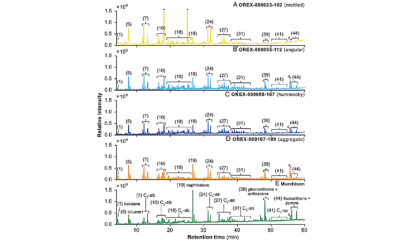Science
Atomic-6 Unveils Space Armor to Combat Satellite Debris Threats

The increasing threat of hypersonic space debris has prompted Atomic-6 to introduce its innovative Space Armor tiles, designed to enhance the protection of satellites in orbit. Currently, there are over 130 million pieces of debris circling the Earth, a situation that poses significant risks to spacecraft as even tiny fragments can cause catastrophic damage when traveling at high speeds.
As satellites collide and break apart, the proliferation of debris has sparked a global effort to address this growing concern. Strategies include improving tracking systems, enhancing spacecraft designs, and ensuring proper decommissioning of defunct satellites. Another solution is the development of protective armor, traditionally aimed at defending against micrometeorites but increasingly recognized for its role in mitigating damage from space debris.
Advancements in Space Armor Technology
The most widely used armor to date is the Whipple Shield, conceptualized by astronomer Fred Whipple in the 1940s. This design, utilized in historic missions like the Apollo program, comprises layers of aluminum sheeting separated by foam polymer, allowing energy from impacts to dissipate before reaching the satellite’s hull. While effective, the Whipple Shield is complex, heavy, and can produce additional debris upon impact, undermining its protective purpose.
Atomic-6 claims to have developed a superior alternative with its Space Armor product. After an 18-month development period, the new armor features tiles made from a proprietary polymer blend, details of which remain undisclosed. These self-adhesive tiles measure one foot by one foot (30 cm by 30 cm) and one inch (2.5 cm) thick, with custom options available up to 3.3 feet by 3.3 feet (1 m by 1 m). Space Armor is engineered to withstand impacts exceeding 4.35 miles per second (7 km/s) while generating significantly less debris.
The new armor comes in various configurations, including a lighter version that protects against debris up to 3 mm in diameter and a heavier variant for larger fragments up to 12.5 mm. Notably, Space Armor is radio transparent, unlike the Whipple Shield, which acts as a Faraday cage, blocking radio signals. This unique property allows Space Armor to be utilized in radomes and other structures that protect communication systems.
Industry Impact and Future Prospects
“This is a big deal. We made the first radomes that can stop orbital debris,” stated Trevor Smith, CEO of Atomic-6. He emphasized the importance of this innovation: “You don’t have to sacrifice communications to protect your spacecraft anymore. This little composite tile preserves mission-critical functions, thereby protecting spacecraft, space stations, and people in orbit from increasingly prevalent, yet invisible threats.”
As geopolitical tensions rise and the risks of both intentional attacks and accidental collisions increase, the need for robust protective measures in space has become essential. The introduction of Space Armor could represent a significant advancement in safeguarding the integrity of vital space operations and ensuring the safety of astronauts.
In conclusion, Atomic-6’s Space Armor offers a promising solution to the pressing issue of space debris, combining effective protection with enhanced communication capabilities. As the space industry continues to evolve, innovations like this will play a crucial role in addressing the challenges posed by the ever-growing clutter in Earth’s orbit.
-

 Technology5 months ago
Technology5 months agoDiscover the Top 10 Calorie Counting Apps of 2025
-

 Health3 months ago
Health3 months agoBella Hadid Shares Health Update After Treatment for Lyme Disease
-

 Health3 months ago
Health3 months agoErin Bates Shares Recovery Update Following Sepsis Complications
-

 Technology4 months ago
Technology4 months agoDiscover How to Reverse Image Search Using ChatGPT Effortlessly
-

 Technology1 month ago
Technology1 month agoDiscover 2025’s Top GPUs for Exceptional 4K Gaming Performance
-

 Technology3 months ago
Technology3 months agoElectric Moto Influencer Surronster Arrested in Tijuana
-

 Technology5 months ago
Technology5 months agoMeta Initiates $60B AI Data Center Expansion, Starting in Ohio
-

 Technology5 months ago
Technology5 months agoRecovering a Suspended TikTok Account: A Step-by-Step Guide
-

 Health5 months ago
Health5 months agoTested: Rab Firewall Mountain Jacket Survives Harsh Conditions
-

 Lifestyle5 months ago
Lifestyle5 months agoBelton Family Reunites After Daughter Survives Hill Country Floods
-

 Health3 months ago
Health3 months agoAnalysts Project Stronger Growth for Apple’s iPhone 17 Lineup
-

 Technology4 months ago
Technology4 months agoHarmonic Launches AI Chatbot App to Transform Mathematical Reasoning




















